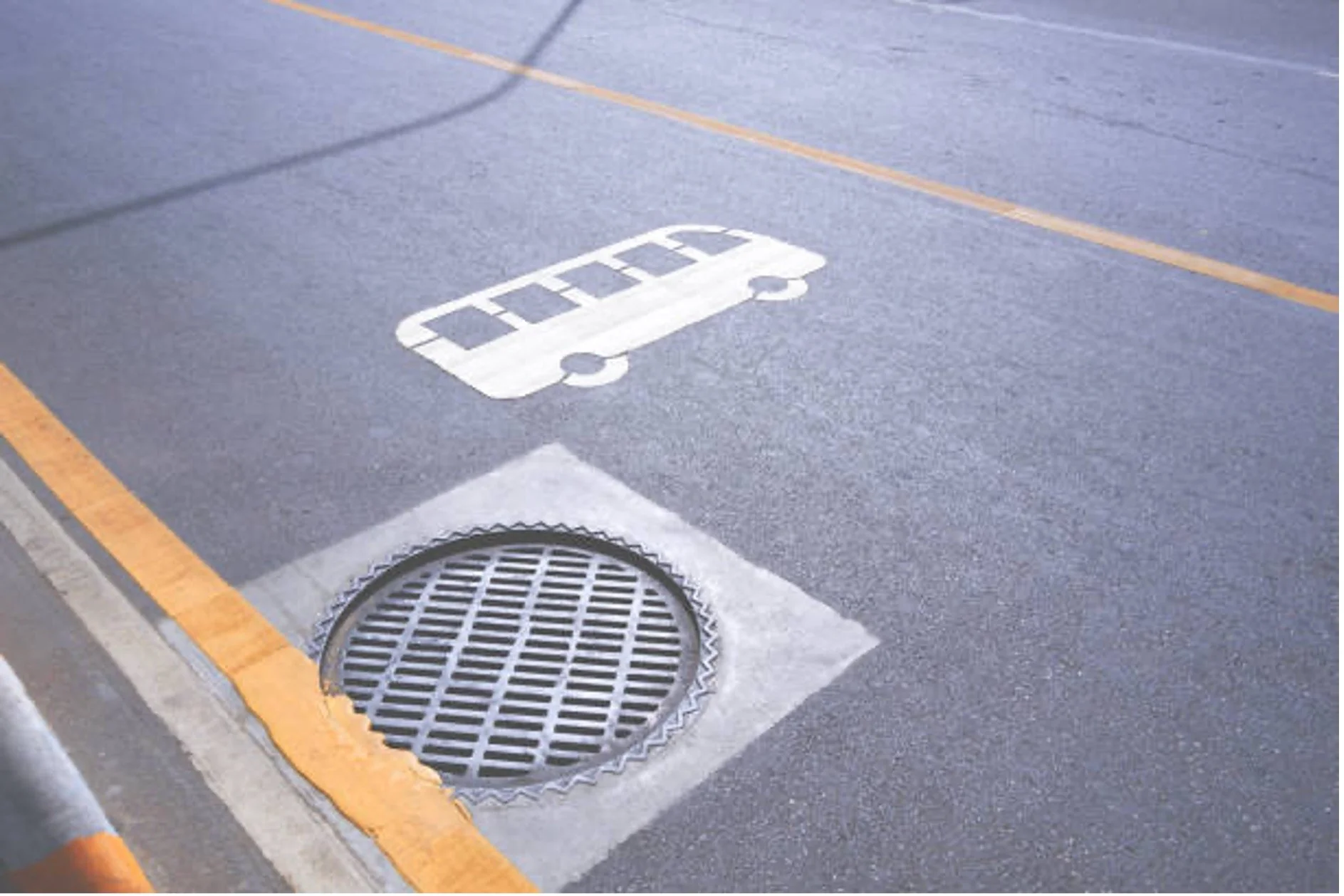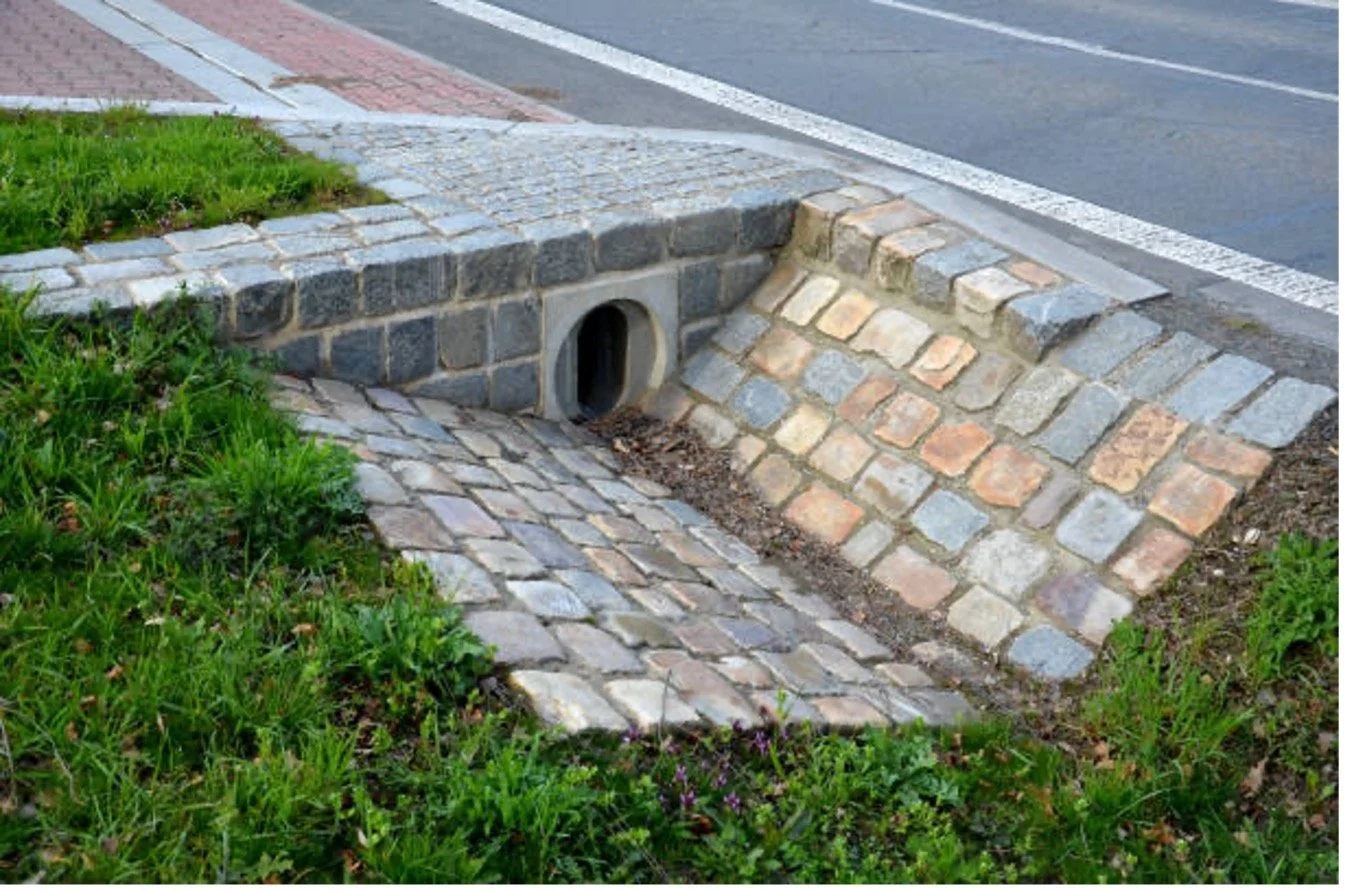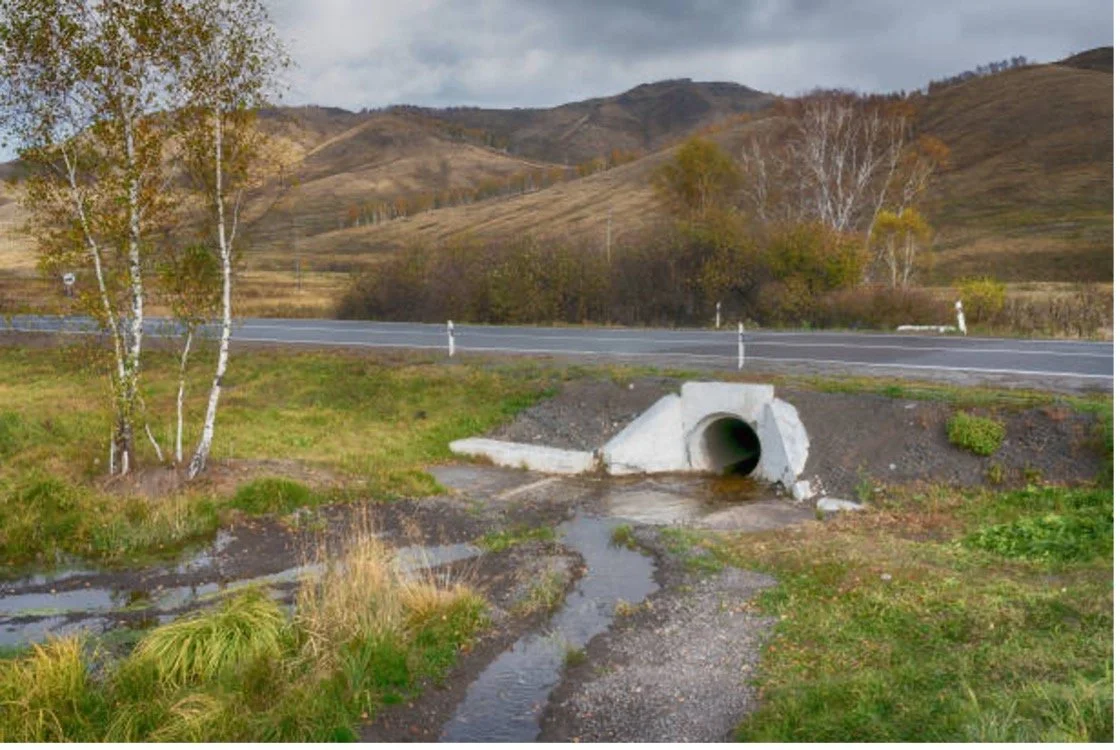Types of drainage systems used in pavement design: Surface Drainage
Drainage is one of the most critical, yet often underestimated, elements of modern pavement design. Without an effective drainage strategy, even the best-constructed roads are vulnerable to premature failure. As extreme weather events and flooding become more common, drainage is increasingly recognised as a key part of climate-resilient infrastructure and asset management planning.
In pavement engineering, drainage systems are categorised into two main types:
Surface drainage
Subsurface drainage.
Each plays a distinct and complementary role in ensuring pavement longevity, safety, and overall performance throughout its life cycle.
Surface Drainage
Image credit: Vecteezy
Surface drainage on a bus lane
Surface drainage refers to the strategic shaping of the pavement and surrounding areas to quickly remove water from the road surface. This protects the pavement from water-related distress and reduces the risk of hydroplaning, a crucial factor in road safety and network resilience.
Types of surface drainage include:
Crossfall
Image credit: iStock
Description: Culvets
A crossfall drainage allows water (from streams or drains) to pass underneath roads without damaging or disrupting the highway. Examples include Culverts, Bridges, Causeways, Aqueducts, superpasses, and Canal syphons.
Kerbs, gutters, and catch basins
Image credit: Catch basins draining water and filtering dirt.
Kerbs, gutters, and catch basins are essential components of urban drainage systems to capture and filter water.
Kerbs guide water along the edge of the road.
Gutters (shallow channels) collect and direct the runoff.
Catch basins trap debris and allow water to enter the underground drainage network.
Together, they prevent water pooling, protect pavement edges, and ensure safe, efficient runoff management in built-up areas.
Longitudinal grade to direct runoff
Image credit: Istock
Drainage sighted longitudinal slope directing runoff.
It is the slope along the length of the road, typically aligned with the direction of traffic flow. Its purpose in drainage is to ensure that water flows along the roadway and is carried toward drainage outlets, such as culverts, side drains, or catch basins.
Shoulder Drainage
Image credit: Vecteezy
Shoulder drains sighted along the shoulder of the road
Shoulder drains are located at the shoulder of the road, with an increased slope to divert water flow. Shoulder drainage ensures adequate drainage through a minimum slope of 3%. For paved shoulders, use a slope that is 0.5% steeper than the pavement. For unpaved shoulders on curves, increase this slope by an additional 0.5% to aid in runoff.
Conclusion
Incorporating proper surface drainage is now a core requirement under Austroads and TMR guidelines. It plays a vital role in sustainable road design. It is no longer an option considering population increase, development of cities and towns, and areas exposed to heavy rainfall or flooding.
This post focused on surface drainage, the first line of defence against water-related pavement damage. From crossfall and kerbs to longitudinal slope and shoulder drainage, each component plays a crucial role in removing water efficiently and protecting road users.
But water doesn't always stay on the surface. Subsurface drainage, which addresses moisture beneath the pavement layers, presents a distinct set of challenges and solutions, and will be explored in the next post.
Stay tuned for Part 2 on subsurface drainage and why it’s essential for long-term pavement durability, especially in flood-prone regions.







